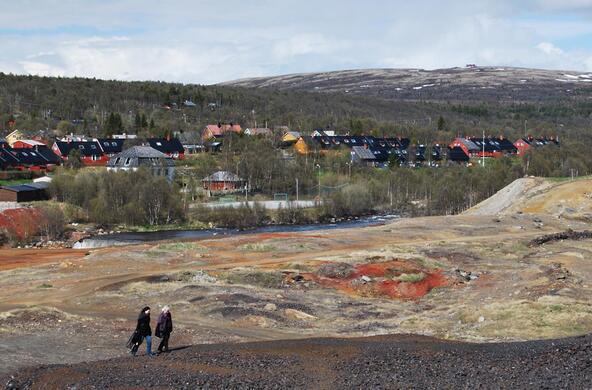Each time an accidental spill coats thousands of seabirds with oil, worldwide opinion is galvanized against off-shore oil production. Witness the wreck of the Exxon Valdez tanker in Alaska and British Petroleum’s blowout at its Deepwater Horizon platform. Yet, anyone who has walked the beach at Santa Barbara knows about natural oil seepage.
Natural sources of oil in the ocean include slow leakage from cracks in the sea floor that connect to oil reservoirs in the underlying sediments. Often the oil companies argue that the oil released to the ocean from natural sources dwarfs the emissions from human activities, even following disasters.
Now a new study by Yanzhu Dong and her colleagues from Nanjing University in China offers some data to challenge that opinion. These workers used satellite photos of the ocean surface during 2014-2019—a period without major human-caused disasters—to measure the area of oil slicks from various sources. They identified 452,057 oil slicks, covering an area twice the size of France. She focused on the area of oil slicks, not the total volume of oil, which has proven much more difficult to estimate accurately.
Natural sources contributed only 6.23% of the total area of slicks measured globally. Natural sources of oil on the ocean surface are found in localized areas. For instance, in the Gulf of Mexico, natural sources account for 43% of the area of oil slicks, despite large-scale off-shore oil production. Over most of the rest of the world’s oceans, natural sources of oil are tiny.
Most of the oil in the sea comes from human activities near the coast. Land- and ship-derived oil dominated the area of oil slicks (92%), whereas pipelines and oil platforms contributed relatively little. Nevertheless, human-derived oil slicks have increased markedly as maritime shipping has risen in recent decades. Frequent oil leakage and discharge from offshore oil platforms were seen worldwide.
Oil and water have never mixed, and small quantities of oil impair the health of most marine organisms. Most of the flow-back waters from off-shore oil wells are disposed in the ocean, along with some potentially toxic trace metals they contain. As we depend more and more on the oceans are a source of human protein, utmost attention should be given to reducing contamination of the marine environment with oil from all human endeavors. And, with gasoline at record prices, suddenly we have another good reason to look to electric cars.
References
Dong, Y., et al. 2022. Chronic oiling in global oceans. Science 376: 1300-1304.






